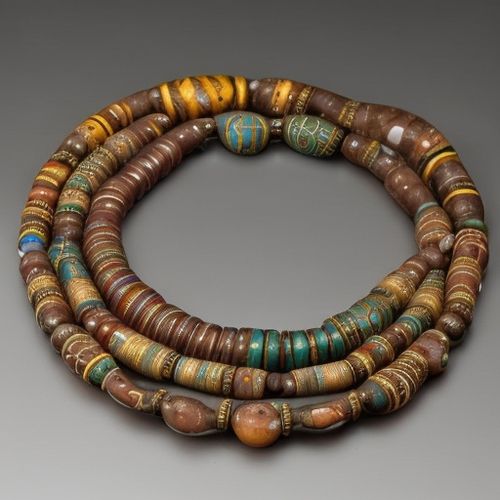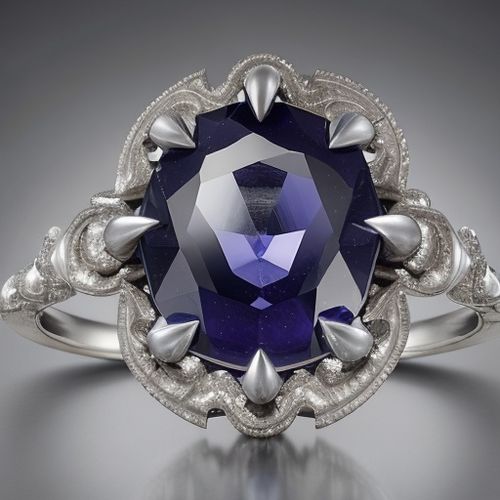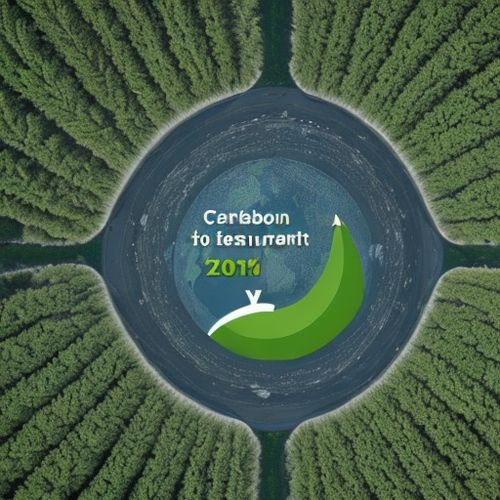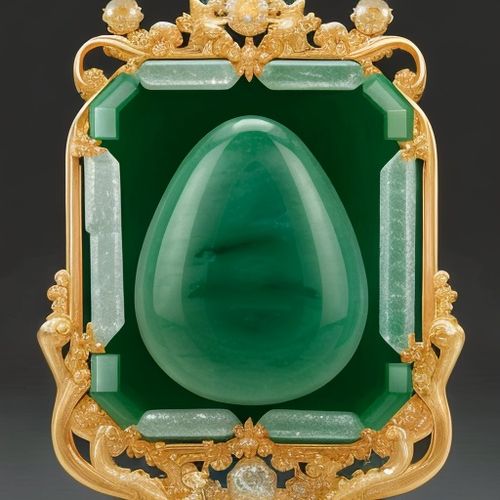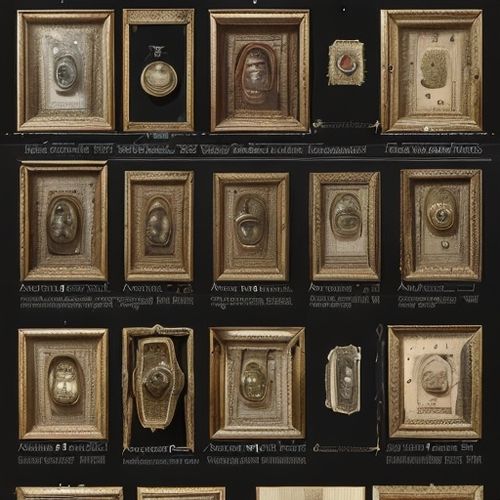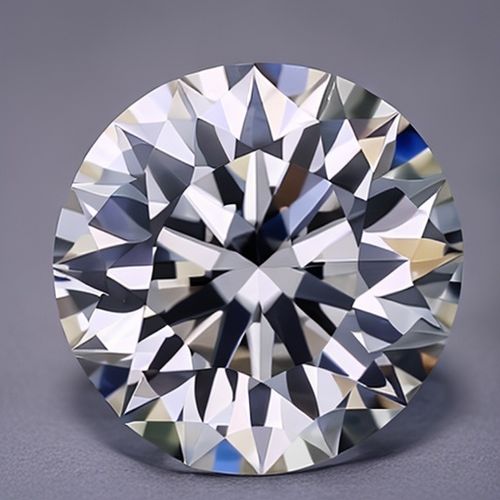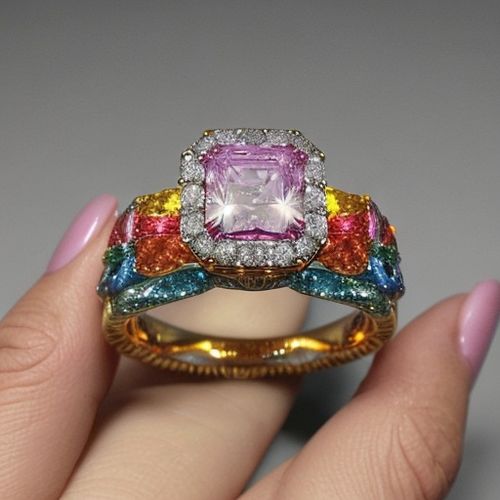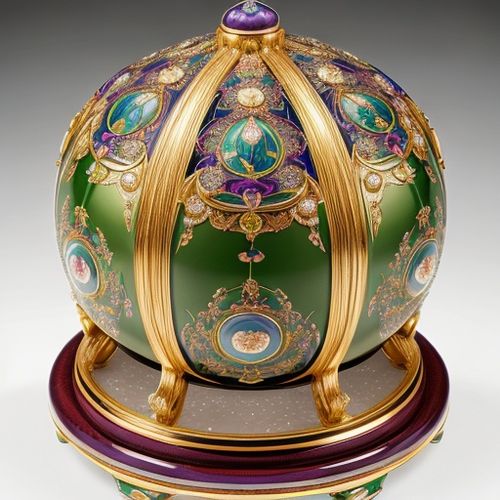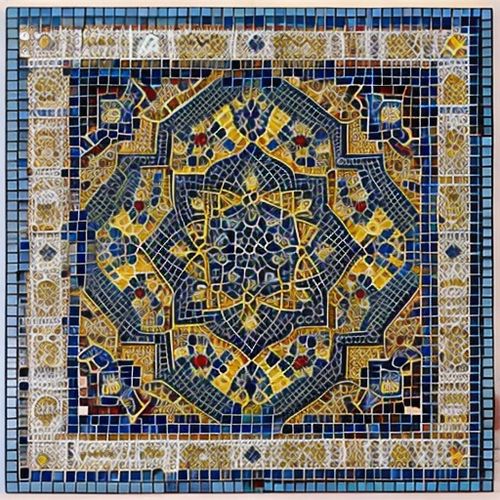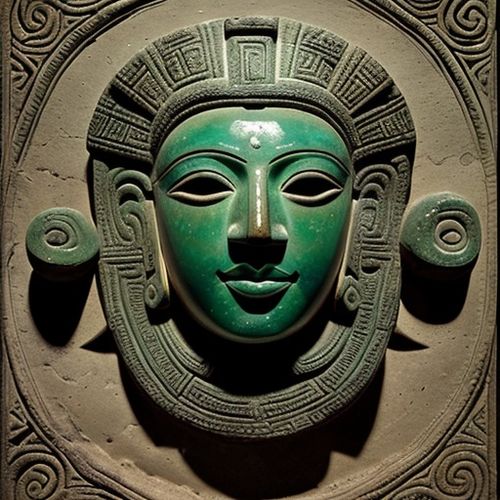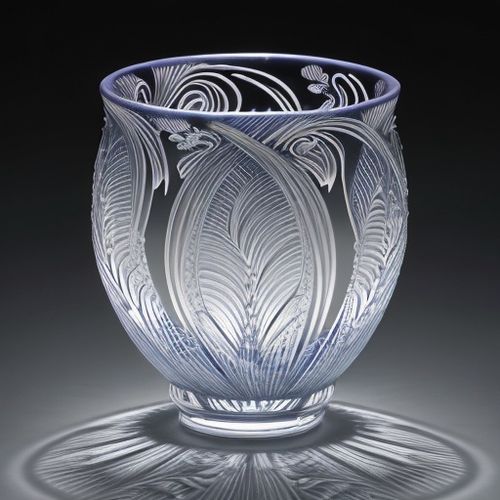The concept of carbon footprint has evolved from being industry jargon to a household term over the past decade. As climate change accelerates, individuals and corporations alike are becoming increasingly aware of their environmental impact. But what exactly does this measurement entail, and why has it become such a crucial metric in our fight against global warming?
At its core, a carbon footprint represents the total greenhouse gas emissions caused directly or indirectly by an individual, organization, event or product. These emissions are typically measured in equivalent tons of carbon dioxide (CO2e). While carbon dioxide gets most of the attention, the calculation also includes other potent greenhouse gases like methane and nitrous oxide, converted to their CO2 equivalent based on global warming potential.
The science behind carbon footprints reveals some uncomfortable truths about modern lifestyles. That morning coffee? It carries about 0.4 kg CO2e when you account for cultivation, transportation and brewing. The smartphone in your pocket? Approximately 85 kg CO2e over its lifecycle. These everyday items contribute to what environmental scientists call our "consumption emissions" - the hidden climate cost of our purchasing decisions.
Corporate carbon footprints present an even more complex picture. Major companies now face increasing pressure to not just measure but actively reduce their emissions. The Greenhouse Gas Protocol categorizes these emissions into three scopes: direct emissions from owned sources (Scope 1), indirect emissions from purchased energy (Scope 2), and all other indirect emissions in the value chain (Scope 3). It's this third scope that often surprises businesses, encompassing everything from employee commuting to product disposal.
Transportation remains one of the largest contributors to individual carbon footprints in developed nations. A single transatlantic flight can account for nearly a quarter of an average person's annual carbon budget. Ground transportation tells a similar story - while electric vehicles show promise, the current energy mix in many countries means their carbon advantage varies significantly by region. The transportation sector's footprint extends beyond tailpipe emissions to include infrastructure construction, vehicle manufacturing, and fuel production.
The food system contributes approximately 26% of global greenhouse gas emissions, making dietary choices another significant factor in personal carbon footprints. Animal products generally have higher associated emissions than plant-based foods, with beef being particularly carbon-intensive due to methane emissions from cattle and land use changes. However, the picture isn't always straightforward - air-freighted vegetables can sometimes have a higher carbon cost than locally produced meat.
Digital carbon footprints represent an emerging area of concern that many overlook. The internet's physical infrastructure - data centers, network equipment, and billions of connected devices - consumes vast amounts of energy. A single email might seem insignificant, but multiplied by the trillions sent annually, the carbon impact becomes substantial. Video streaming accounts for the majority of internet traffic, with one hour of high-definition video generating approximately 0.4 kg CO2e.
Measuring carbon footprints accurately remains challenging due to data limitations and methodological differences. Life cycle assessment (LCA) has become the gold standard for products, tracking environmental impacts from raw material extraction through manufacturing, use, and disposal. For individuals, carbon calculators use averages and estimates that can vary widely in accuracy. This variability sometimes leads to skepticism about the usefulness of carbon footprint measurements.
Critics argue that the focus on individual carbon footprints distracts from systemic changes needed to address climate change. They point out that just 100 companies are responsible for 71% of global emissions since 1988. However, proponents counter that widespread awareness of personal carbon footprints creates political will for larger-scale changes and influences corporate behavior through consumer pressure.
The concept of carbon offsetting has gained traction as a way to mitigate unavoidable emissions. Projects range from tree planting to renewable energy development, but their effectiveness remains debated. High-quality offsets must demonstrate additionality (the project wouldn't have happened without offset funding), permanence, and accurate measurement. Unfortunately, the offset market has been plagued by questionable claims and inadequate oversight in some cases.
Looking ahead, carbon footprint awareness is likely to become even more integrated into daily life. Several countries are considering carbon labeling for consumer products, similar to nutritional information. Digital tools are making real-time carbon tracking increasingly feasible, potentially allowing consumers to see the immediate impact of their choices. Some visionaries imagine a future where carbon footprints become a standard metric in financial credit scores or job applications.
For businesses, carbon footprint analysis is evolving from a public relations exercise to a core strategic consideration. Investors increasingly demand climate risk disclosures, while supply chain vulnerabilities exposed by recent global crises have highlighted the importance of understanding embedded emissions. The most forward-thinking companies are using carbon footprint data to drive innovation in product design and operational efficiency.
The science of carbon footprints continues to advance rapidly. Researchers are developing more sophisticated models that account for regional variations in energy mixes, consumption patterns, and even the timing of energy use. Emerging technologies like blockchain show promise for creating transparent, tamper-proof systems for tracking emissions throughout supply chains. These developments could eventually make carbon footprint data as reliable and standardized as financial accounting.
Ultimately, the carbon footprint concept serves as a powerful tool for making the abstract reality of climate change personally relevant. By quantifying our individual and collective impacts, it provides a framework for meaningful action. While perfect measurement may remain elusive, the growing sophistication of carbon accounting offers hope that humanity can indeed track - and ultimately reduce - its environmental footprint before it's too late.

